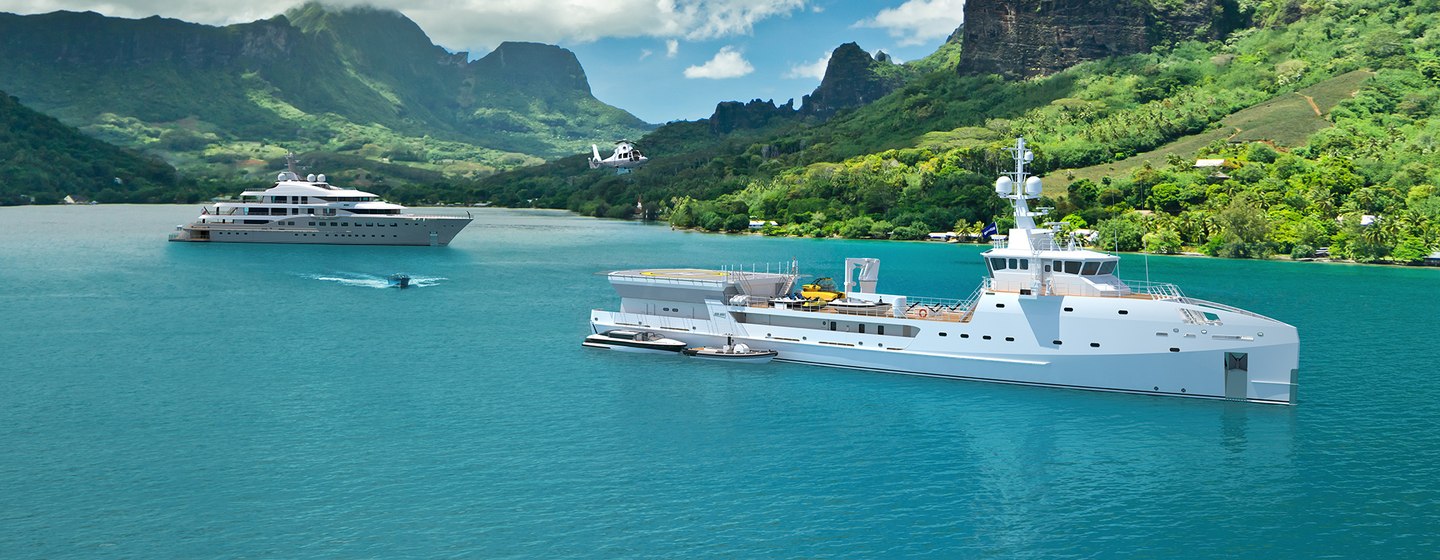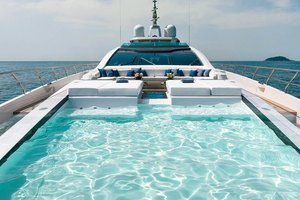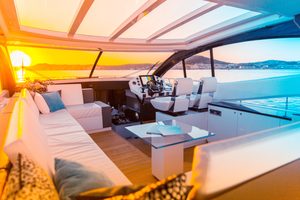Support Vessels have surged in popularity as an ingenious means of expanding the superyacht adventure, specifically crafted to navigate alongside a mothership.
These vessels fill the void when the main yacht lacks sufficient space for the array of toys, tenders, helicopters, and other amenities desired by its owner. By traveling in tandem with the main yacht, the support vessel offers an extension of space, functionality, and convenience.
At A Glance
Frequently outfitted with crew quarters and even a couple of overflow cabins for additional guests, a support vessel is commonly characterized by a robust almost utilitarian design style, often featuring unfaired hulls, unlike the sleek, polished hulls of traditional yachts.
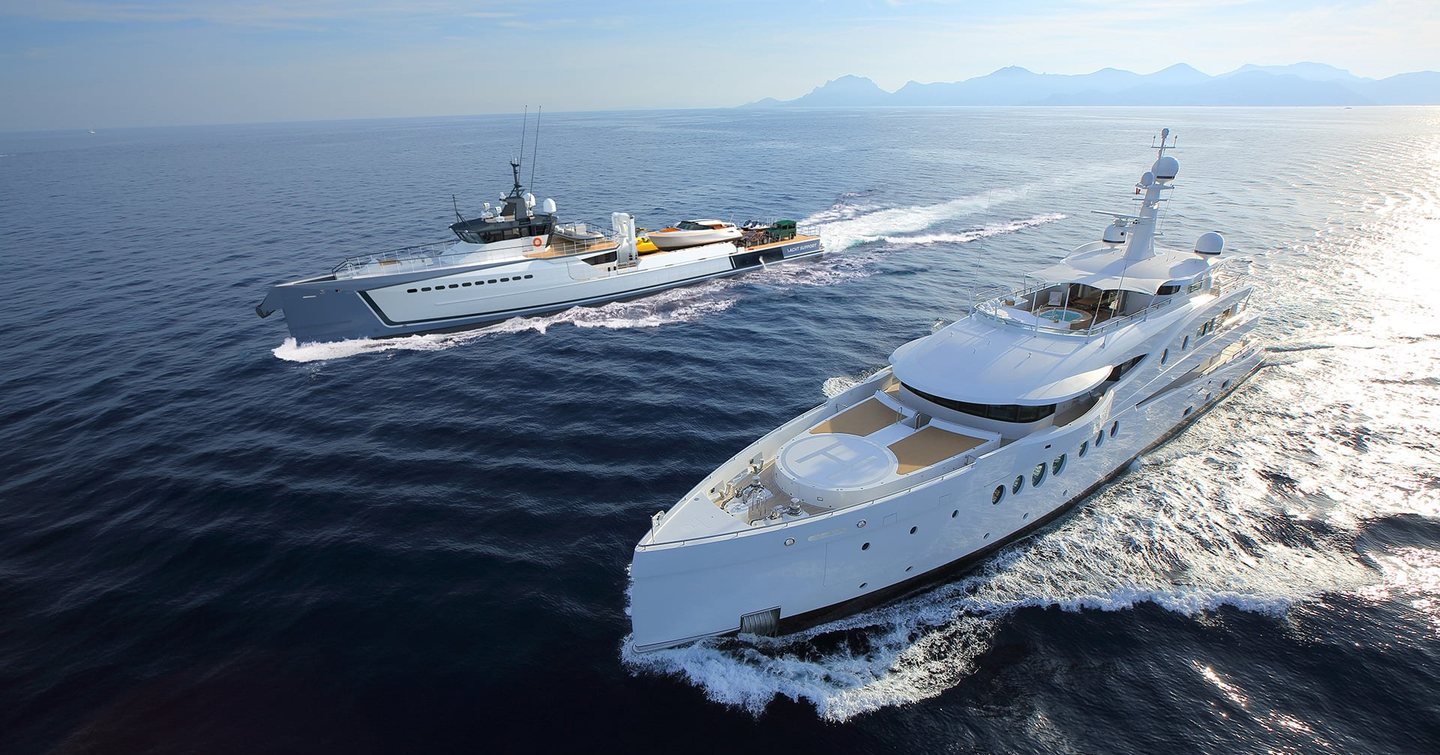
For those equipped with guest accommodations, they exist in a space that blurs the distinction between a support vessel and a superyacht. However, their interior layout and finishing touches are typically tailored more towards the provisions of every amenity possible, including facilitating the thrill of extreme sports rather than hosting formal entertainment.
Design Notes
Support vessels can be purpose-built, but many can also trace their origins back to repurposed commercial boats that have undergone extensive refits. These vessels are produced to complement and enhance the capabilities of primary superyachts, aiming to address the limitations faced by these vessels, in terms of storage, functionality, and carrying a wide array of amenities.

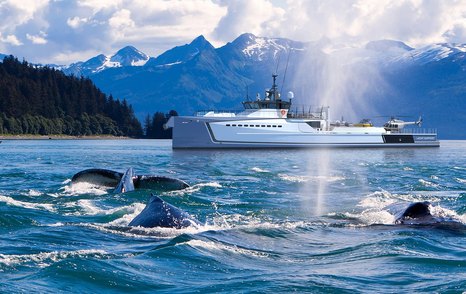
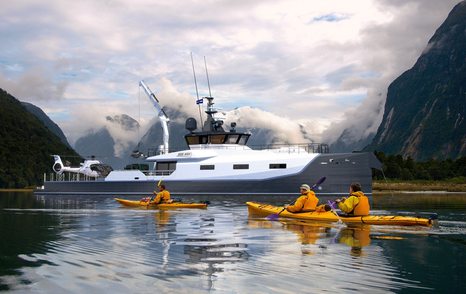
The support vessel design allows for additional accommodations, crew quarters, and dedicated storage for various watercraft, recreational equipment, and other luxurious items. This enhancement permits the primary yacht to maintain a focus on luxury living while ensuring that owners and their guests have access to an extensive and versatile collection of amenities and activities.
Depending on their size, they boast expansive foredecks with space for tenders and toys, and a helicopter deck, while large garages at sea level may accommodate submarines, diving centers, and hyperbaric decompression chambers. Some designs even feature a cradle and a custom crane for stowing sailboats, sportfish yachts, and more.

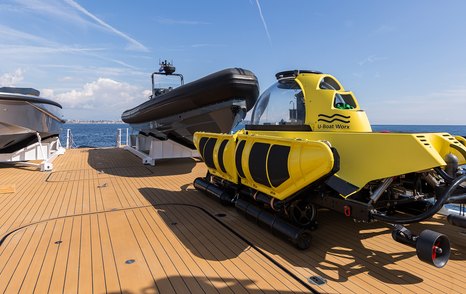

The adaptability and flexibility of these yachts provide a sought-after solution for owners seeking to elevate their yachting experience. They offer the convenience and additional capacity necessary to explore a broader range of activities and equipment while still maintaining the utmost standards of luxury and comfort onboard the mothership.
Support Vessel Features
- Increased storage, space, and versatility: Significantly extends the available space for tenders, water toys, helicopters, tennis courts, and even laboratories. This allows the main superyacht to prioritize luxurious living quarters without compromising on the range of amenities.
- Accommodation and crew quarters: Some support vessels offer extra accommodation space for guests and additional crew members. This provision enables more guests to join the voyage comfortably and ensures a higher staff-to-guest ratio, which can enhance the overall service and experience onboard.
- Designed for adventure: While often featuring a more robust and less refined design, support vessels prioritize adventure and activities rather than formal entertainment. They are tailored to accommodate a range of experiences, catering to owners and guests seeking a more dynamic yachting holiday.
- Operational support: The vessels also assist with operational functions, carrying fuel, provisions, spare parts, and additional supplies. This auxiliary support ensures a smoother and more self-sufficient operation, allowing the primary superyacht to focus on luxury, comfort, and the primary guest experience. Some support vessels have even been used in the wake of natural disasters to bring aid to those affected.
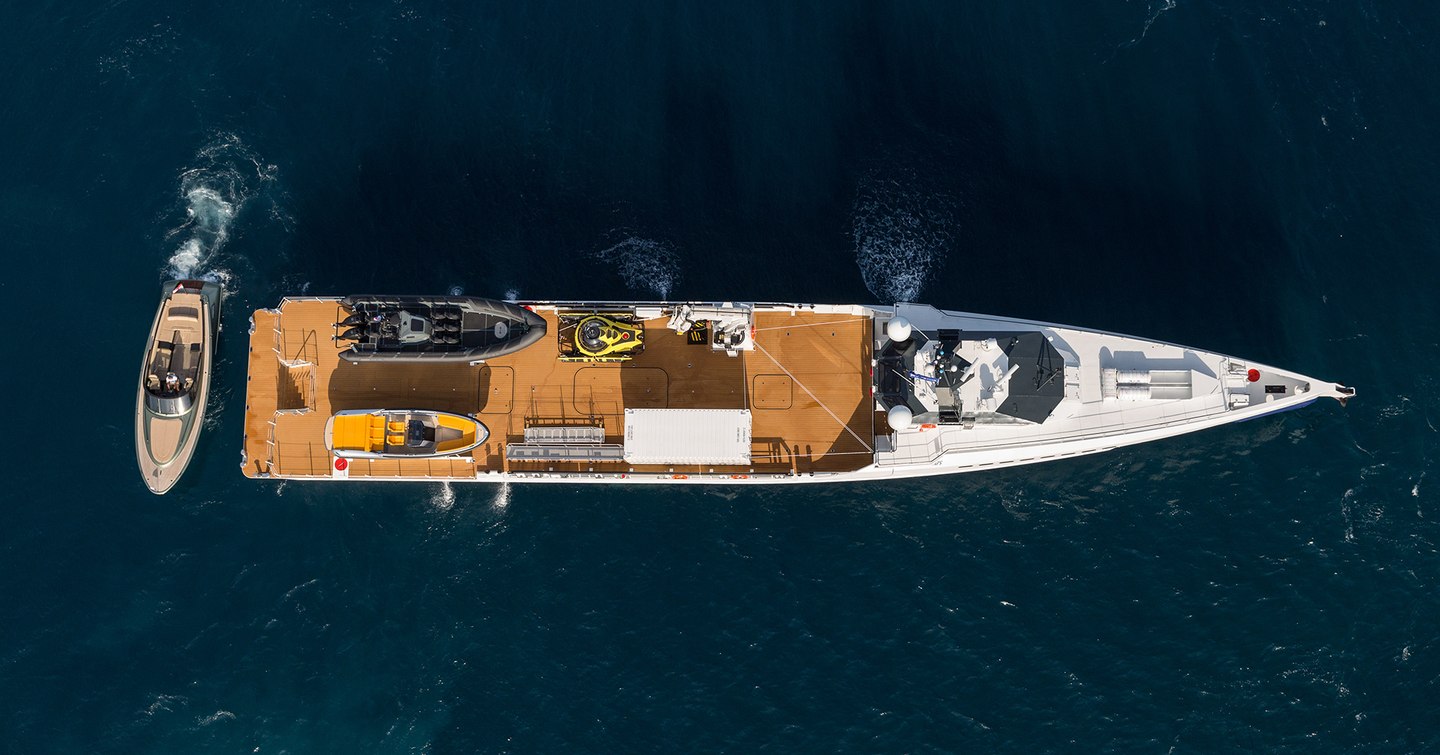
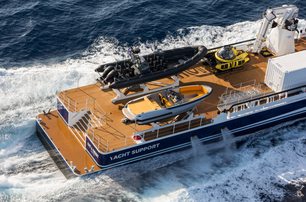
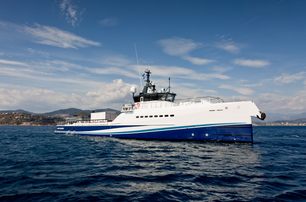
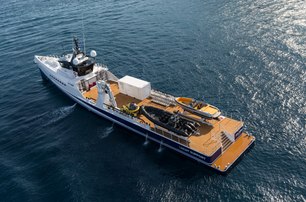
Alternative Use Cases
In addition to watersports, support vessels, such as Gene Chaser, a 55m (180ft) vessel built by Damen Yachting is being utilized as a working research laboratory. This particular vessel supports the scientific research of its owner, Dr Jonathan Rothberg.
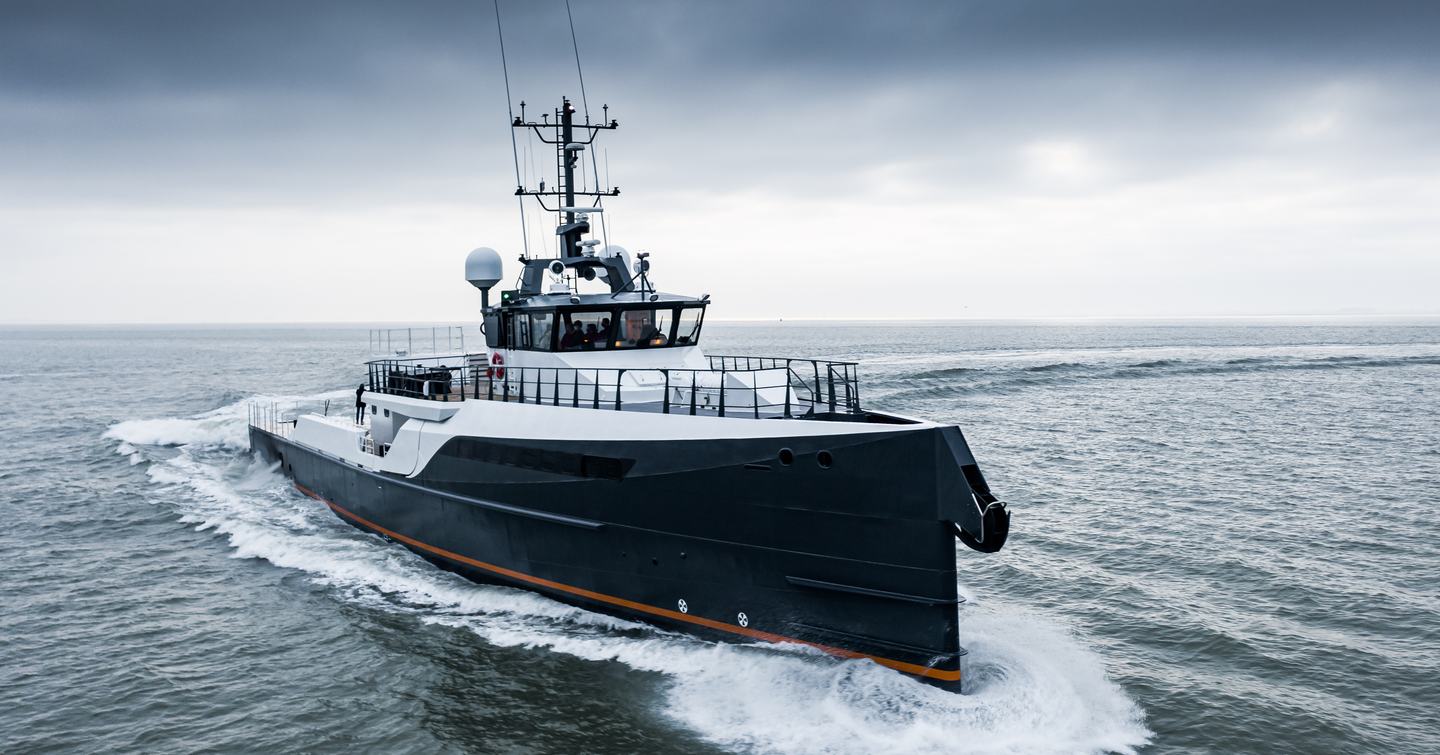
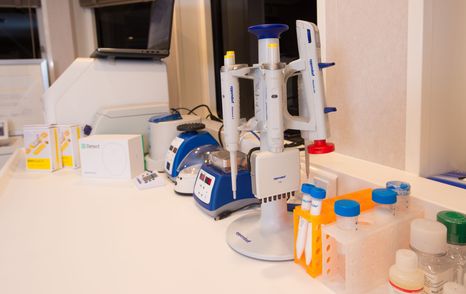
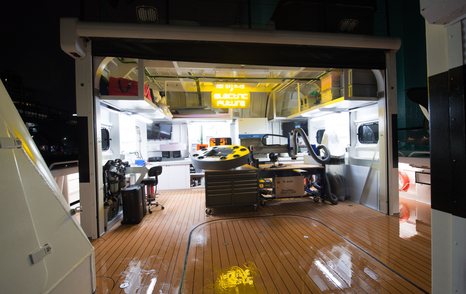
The salon has been converted into a functional wet and dry laboratory, and additional interior spaces will serve as venues for conferences and various educational activities. The sleeping quarters are intended to house up to eight visiting researchers or experts, while the crew quarters can comfortably accommodate a team of seven and four full-time scientists.
Gene Chaser Specification
LOA: 55.50m (182ft)
Beam: 9.25m (30ft)
Draft: 3.20m
Maximum speed: 20 knots
Range: 5000nm
In Summary
The emergence of superyacht support vessels stands as a testament to the ever-evolving pursuit of enhancing experiences at sea. The rugged and purposeful design of these vessels, with their unfaired hulls and tailored interior layouts, reflects a commitment to adventure and functionality rather than traditional entertainment aspects.
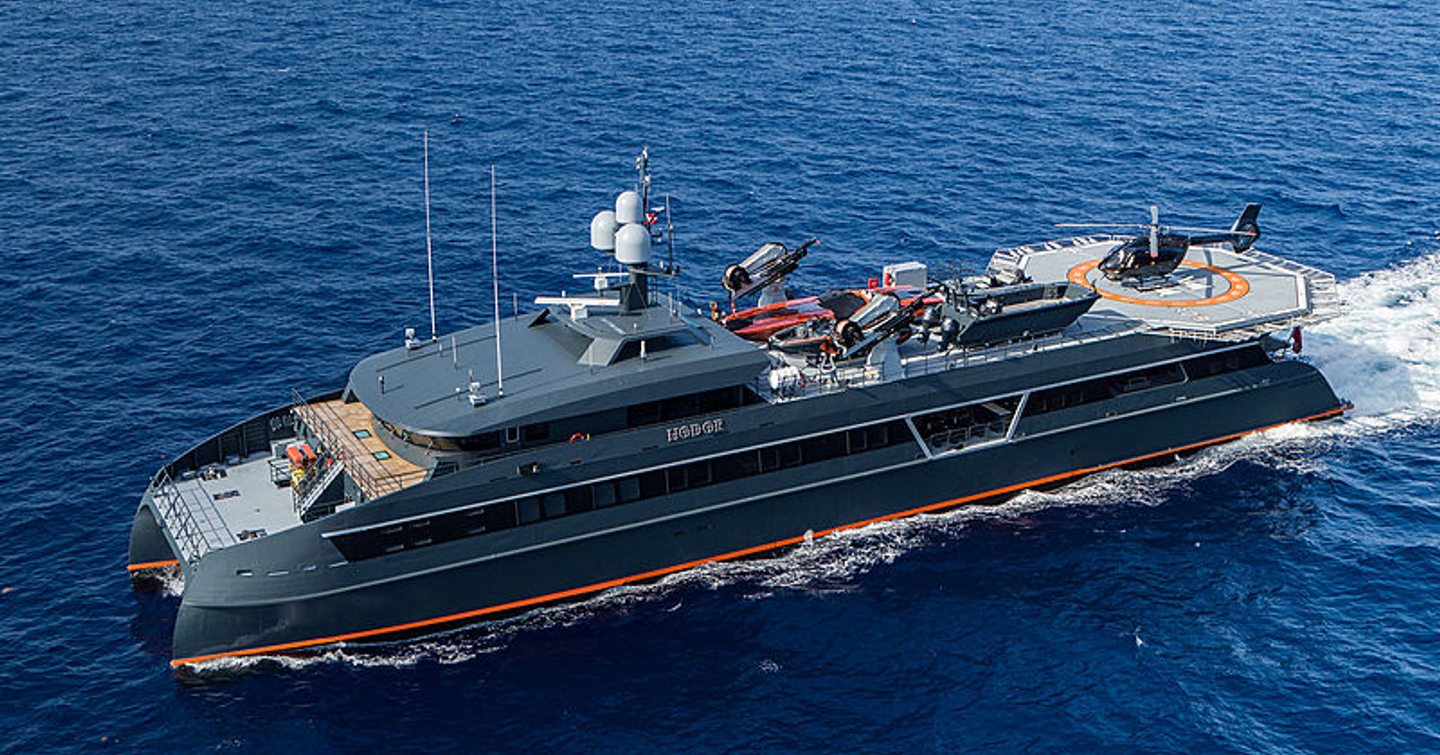
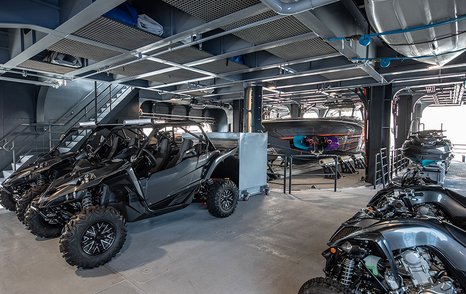
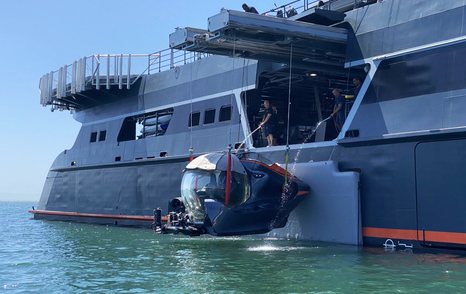
|
Style: |
Typically rugged by design, and often equipped with unfaired hulls |
|
Layout: |
A large foredeck space for storage, and expansive garages at sea level. Some vessels have crew accommodation/extra guest cabins |
|
Range: |
Thousands of nautical miles |
|
Speed: |
10-12 knots |
Support vessels provide an auxiliary solution that complements the modern-day superyacht, and as this niche segment continues to evolve, a plethora of new designs and expanded capabilities will become available. So whether it's deep-sea diving, bringing aid to areas of natural disaster, or taking off in your helicopter, these vessels really can do it all.
